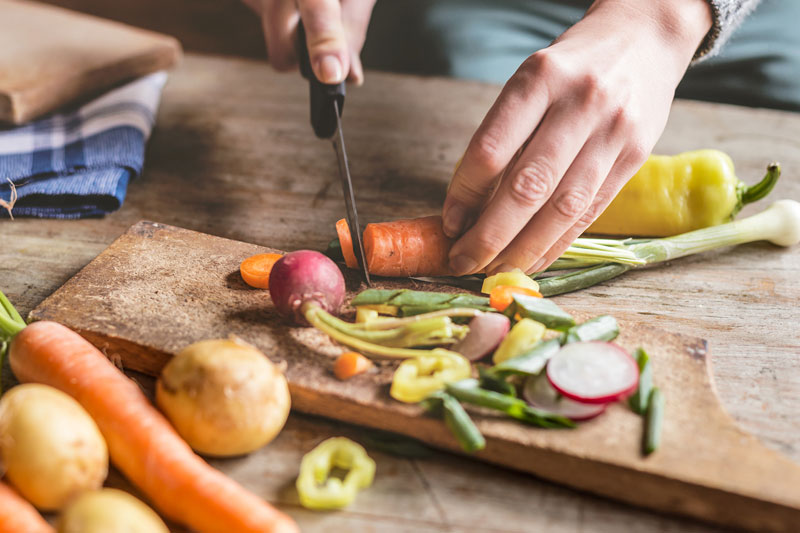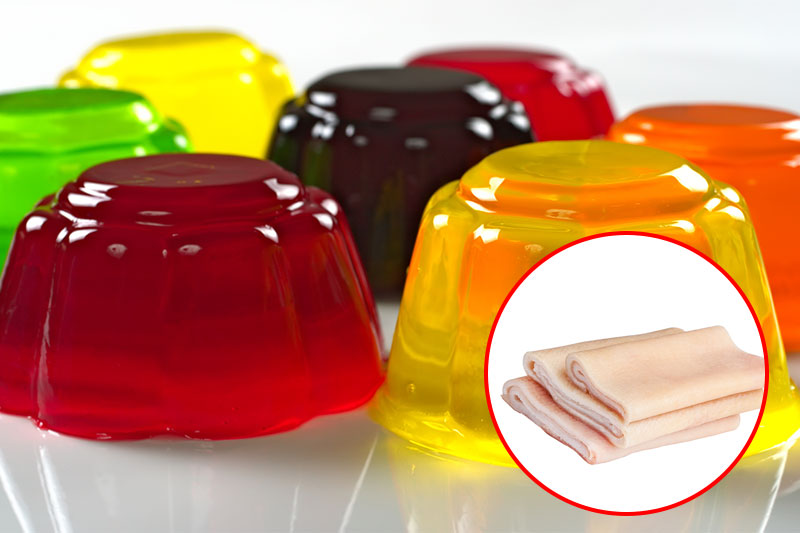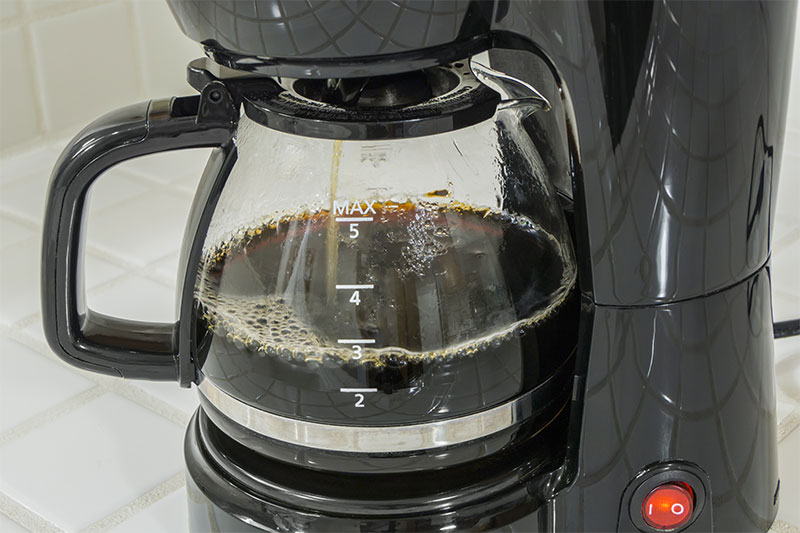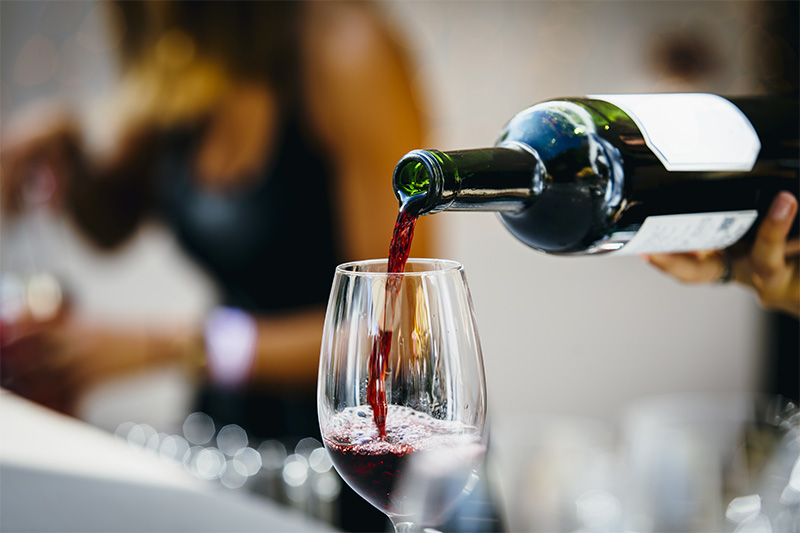Do you think your food is clean? Everything is nicely packed and looks pretty, right? Well, the food industry holds many secrets, and many of them are not pleasant to hear.
A lot of what we eat is actually shocking if you look close enough. Perhaps it is better not to overthink it, but now that you ask, let us tell you some of the nastiest things happening right now in your fridge. Here are 10 gross things that happen to your food every day.
You’re contaminating your food in your own kitchen

Even if your food is spotless and safe, you contaminate it every day when you cook. Every professional chef knows you must use a different knife and cutting board for every type of food. One for raw meat, another for seafood, one for veggies, and another for cooked food.
Of course, no one does that at home, meaning you cross-contaminate your food, transferring bacteria from raw meat to your veggies, and so on.
You’d have to use at least 5 knives and cutting boards to avoid nasty bacteria from contaminating your food.
You’re getting all sorts of bacteria in the supermarket
Supermarkets are some of the most contaminated places on earth. Think about it; thousands of people spread their bacteria and viruses every single item they touch something. Add to that the rodents and insects living in supermarkets; you’re can’t really expect your food to be clean.
Shopping carts are super dangerous, and you put all your food in them, and let’s not even get started with the sticky conveyor belts in the cash register. Really, nothing coming from a supermarket is clean.
You eat insects every day
According to the FDA, there are up to 1,250 pieces of insects in every ten grams of ground herbs and spices. There’s hair and excrement in them too. It’s unavoidable.
Processing leaves, seeds, and everything comprising most of the spices in your pantry is a tough job, and the herbs and spices are processed with everything coming with them, insects, and all.
Some studies suggest 12% of your favorite spices are insects or other unacceptable matter.
Jell-O and marshmallows have a little secret

Gelatin gives body and structure to Jell-O, marshmallows, gummy bears, and lots of other stuff. The thing with this apparently innocent compound is the thing of nightmares, though.
You must ground and pound animal bones, hoofs, horns, and many other not so pleasant stuff to make gelatin. Yes, Jello-O is fun, but not very kid-friendly, is it?
None of these jiggly treats are vegan, and even if you don’t mind much about that, you should really consider if you want to put these unwanted animal parts in your body.
Jelly beans aren’t as innocent either
Jelly beans could also contain gelatin, but they also contain another disturbing ingredient. Their glossy finish comes from a chemical called shellac, and it’s also used to give wood a shiny look.
There’s more because shellac is obtained from the female lac bug, which feeds on tree’s sap and poops resin. We’re sure scientists could come up with a less outrageous way of giving a shiny look to jelly beans, so why feed us insects without telling us?
Mold is not always visible

Moldy bread is an unpleasant sight, but what you might not know is that when mold is visible, it has been growing in your food for days. There are invisible spores in your bread, and you eat it anyway.
Don’t think for a second chopping off the moldy parts in your bread or veggies is enough to clean the food. Where there’s visible mold, there are many more invisible spores.
Your coffee pot is a threat

We all pour ourselves a cup of coffee in the office, but have you ever seen someone clean the coffee pot? Probably not. Some research has shown coffee pots in public places have tons of mold and bacteria. There’s even a slimy film feeding on every new batch of coffee.
We’re sure you’re more careful with your own coffee pot at home, so brew your coffee, carry it around in a mug and avoid office coffee at all costs.
Red meat is not that fresh

Meat becomes gray soon after processed, and that’s okay, but nobody likes to buy gray ground beef. What supermarkets do is pump carbon dioxide and nitrogen into meat to make it look brightly red.
The process is called modified atmosphere packaging, and although not entirely harmful, it’s disgusting, especially because stores might relabel meat several times before selling it. How can you tell if your meat is fresh?
Wine might not be just fermented grape juice

Wine is pretty cool; it’s chick, high-browed, and classy. It’s tasty too, but it hides an unpleasant little secret.
Wine is supposed to be just fermented grape juice, but producers add several compounds to clarify it and make it look brighter during the winemaking process. One of them is isinglass, and it’s made with fish bladders.
The gelatinous substance precipitates solids in wine, making it look nicer, but who wants to have a toast with fish bladder?
There’s hair in your bread

The compound is called L-cysteine. A natural chemical used to extend the shelf life in bread and many other processed foods. That doesn’t sound like a big deal, but it is if you consider L-cysteine comes from human hair!
Legend says hair is harvested from Chinese hair salons, and then processed and added to our food. Of course, other sources say it can now be produced in a lab, but what do you think is cheaper for big brands? It’s probably the hair.
You thought you were eating clean food, right?
The food industry has lots of dirty secrets, from supermarkets to our own homes. Nothing is as clean as you think, and in a world where we value sanitation, that might sound like a problem, but it’s not that bad.
If you try to stay clear from every disgusting thing in the world, you’ll have to look quite hard to find something to eat because even fruit has its nasty little secrets. Try to eat as healthy as you can and don’t be overly picky. This is a dirty world we’re living in.


